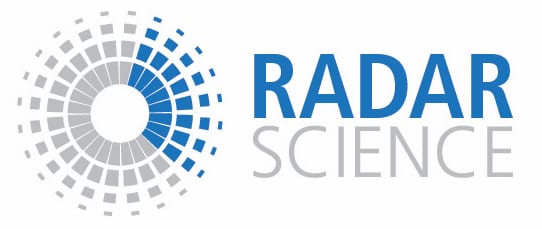The Radar Science group at the School of Marine and Atmospheric Sciences at Stony Brook University (SBU) and the Center for Multiscale Applied Sensing at the Department of Energy Brookhaven National Laboratory (BNL) established in 2017 the SBU-BNL Radar Observatory (SBRO), a sophisticated remote sensing facility for boundary layer, cloud and precipitation studies.
SBRO features mm- and cm-wavelength radars, Doppler and backscatter lidars with the ability to probe the atmospheric motions from the surface to the top of the troposphere and over horizontal scales of 20-40 km. The flagship radar of the SBRO is a very sensitive, sophisticated Ka-band (35-GHz) scanning fully-polarimetric radar (KASPR). In addition, the facility features a profiling Frequency Modulation Continuous Wave (FMCW) systems operating at W-band (94-GHz, named ROGER in memory of Dr. Roger Lhermitte) and two Micro-Rain Radar -PRO systems operating at 24-GHz. All profiling radars are capable of recording radar Doppler spectra. In addition, the radar observatory has a profiling microwave radiometer that can provide measurements of Integrated Water Vapor and Liquid Water Path, two Parsivel disdrometers, a Pluvio precipitation gauge and a surface flux system.
SBRO is also developing two mobile trucks. The first truck features a mobile, long range, scanning Doppler lidar. The Doppler lidar truck will also be used to deploy a large drone with integrated air-quality and meteorological sensors. The second truck will be used as mobile platform for an X-band dual-polarization, low-power phased-array radar (LPR) that has been provided to our group through a partnership with Raytheon.
Fig 1: a) The SBU-BNL radar observatory transportable facility, b) the X-band dual-polarization Low-power Phased-array Radar (LPR), c) example of boundary layer observations from the Doppler lidar (aerosol and hydrometeor backscatter (top) and Doppler velocity (bottom) and d) example of horizontal radial Doppler velocities.
Fig. 2 The radar observatory is ideally situated 21 km away from the S-band KOKX WSR-88D radar in Upton, NY that provides the large-scale context of the precipitation events and polarimetric information over the site.
The radar observatory is the most-sophisticated millimeter wavelength radar facility in the US. Its measurement capabilities will build upon the existing expertise in cloud and precipitation modeling and observations at SoMAS. The observatory is highly portable and is suitable for deployment in remote land and marine locations. Stony Brook University, the Brookhaven National Laboratory, Raytheon, Prosensing Inc. and the Doe Atmospheric Radiation Measurement (ARM) program have supported the development of the SBU-BNL Radar Observatory.
Take a virtual tour of the Radar Observatory below! Please note, some of the instruments are no longer located at this observatory.




